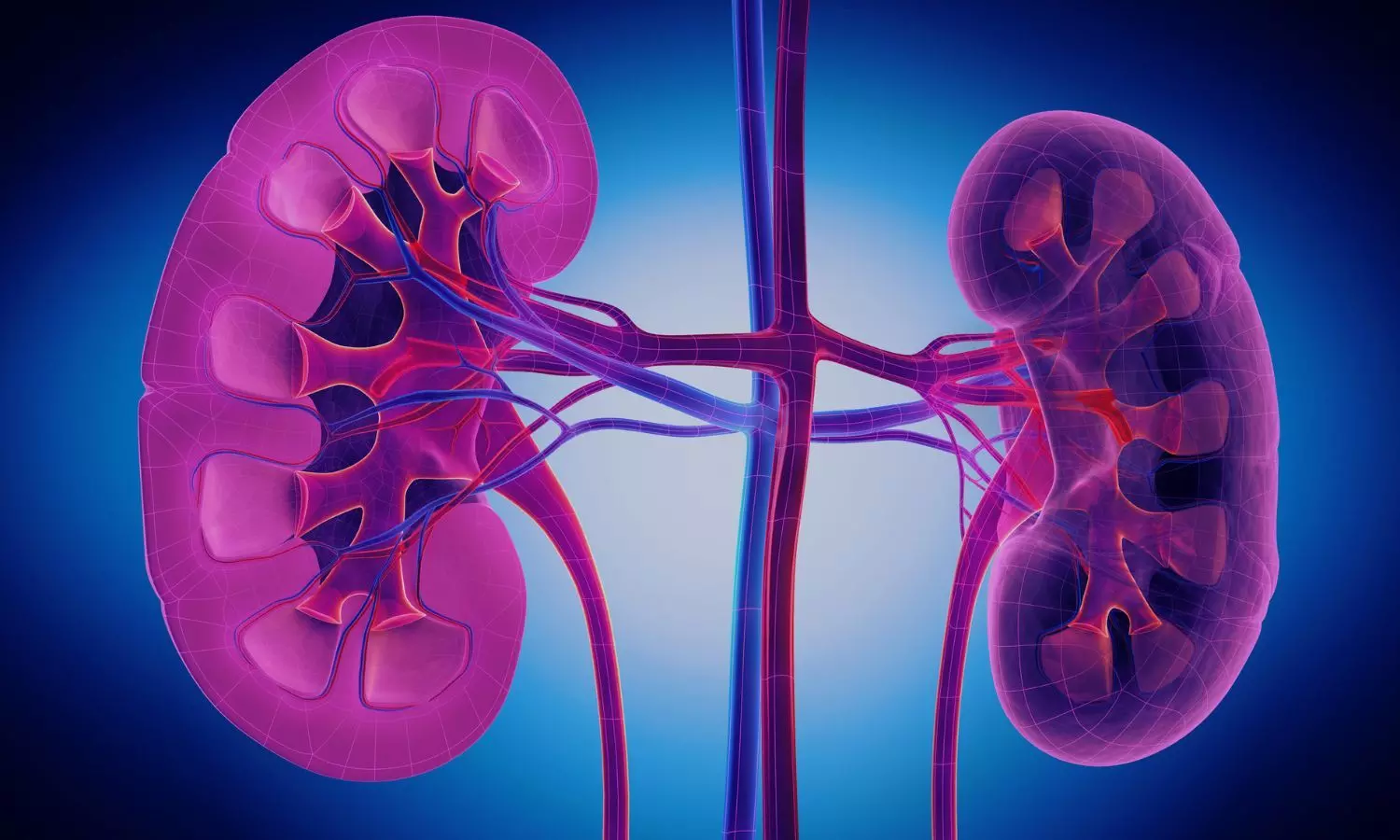Five-Minute Apgar Scores and Its Prognostic Value: A Multinational Cohort Study

The Apgar score was originally developed to standardise the
assessment of term-born infants’ clinical condition at 1 min of life. However,
accumulating research shows that the judgement at 5 and 10 min has better
predictive value for in-hospital mortality and severe neurologic and
non-neurologic morbidities in term-born infants. In very preterm (VPT) infants <32
weeks’ gestation, low 5-min Apgar scores have been consistently associated with
increased risk of mortality, but results on associations with morbidity are
contradictory. The authors from a multinational research collaboration
concluded that low Apgar scores were associated with increased risk for severe
brain injury in preterm infants 24–28weeks but not in a graded manner. The
longer-term prognostic value was called into question in extremely preterm
infants.
Key aims of the present study were to describe variations in
5- min Apgar scores <7 among VPT infants across European countries, to
assess associations with adverse neonatal outcomes and to test whether these
associations differ by country-level variations in low Apgar score prevalence.
itwasaProspective observational population-based cohort
study. In total, 7900 liveborn VPT infants from the EPICE-SHIPS study were
included. Associations between 5-min Apgar scores<7 and adverse neonatal
outcomes were estimated with adjustments for perinatal characteristics. We
tested for interactions by country-level prevalence of an Apgar score<7,
grouped into low (14%–16%), medium (19%–22%) and high (28%–40%).
20.2% of infants had 5-min Apgar score <7 with rates of
14%–40% across countries. A score <7 increased risks of in hospital
mortality, intraventricular haemorrhage (IVH), cystic periventricular
leukomalacia (cPVL), retinopathy of prematurity (ROP), bronchopulmonary
dysplasia (BPD) and length of hospital stay (LHS), but not necrotising
enterocolitis or late-onset infection (LOI). No interactions with country group
were detected for mortality, cPVL and ROP, while associations with IVH, BPD and
LHS were restricted to countries with lower prevalence of scores <7.
In a multinational cohort of VPT infants using data
abstracted following a common, standardised protocol, study provide novel
results on the association of 5-min Apgar score severe outcomes. Three findings
advance the scientific knowledge about the prognostic value of the 5-min Apgar
score in this high-risk population. First, the proportion of VPT infants with
5-min Apgar scores <7 varies largely between European countries. Second,
there is a clinically relevant association of low 5-min Apgar scores with most
adverse neonatal outcomes. This is reassuring as the Apgar score is the first
clinical assessment to judge the vitality of VPT infants after birth. The importance
arises from the fact that the score guides clinical treatment decisions for
stabilisation measures and resuscitation worldwide, although concerns of its
suitability have been raised by researchers and leading medical societies.
Lastly, the variations in strength of associations between adverse outcomes and
low 5-min Apgar score by country suggest the need for context-specific
validation of the Apgar score and risk thresholds. While mortality was not
impacted by country variations in 5-min Apgar scores, this was present for
severe IVH. The latter finding is of relevance for the long-term outcome of VPT
infants, as severe IVH constitutes one of the most devastating acute
morbidities with high impact on the psychomotor outcome.
Early prediction of adverse outcomes remains an unmet need
in research on VPT infants and clinical care. Easy-to-use bedside tests are
required that can guide prompt decisions as well as risk stratification. The
5-min Apgar score has remained a standard assessment tool for more than 70
years despite the advances in clinical care and medical knowledge. One of the
reasons is its easy applicability. Study results and others argue for its
suitability to predict adverse neonatal outcomes after VPT birth. However,
associations are too weak and variability is too high to base treatment
decisions exclusively on the 5-min Apgar score. Multivariable models, combining
the 5-min Apgar score with additional items including medical interventions
after delivery and the new features of artificial intelligence, show promise,
as established for other disease entities like sepsis. This will hopefully lead
to an easy-to-handle tool with high accuracy as established for BPD and ROP
risk calculators. Overall, results encourage initiatives to standardise Apgar
scoring within a European guideline and video tutorials.
Study results indicate that low 5-min Apgar scores <7 are
associated with an unfavourable short-term outcome in VPT infants. The
variations in Apgar scores between the countries underscore the importance of
not only focusing on baseline risks, management and outcomes, but also
considering the interaction with country in routine clinical care and research.
Source: Harald Ehrhardt, Soodabeh Behboodi,
Rolf F. Maier; BJOG: An International Journal of Obstetrics &
Gynaecology, 2025; 0:1–11 https://doi.org/10.1111/1471-0528.18291
Powered by WPeMatico















